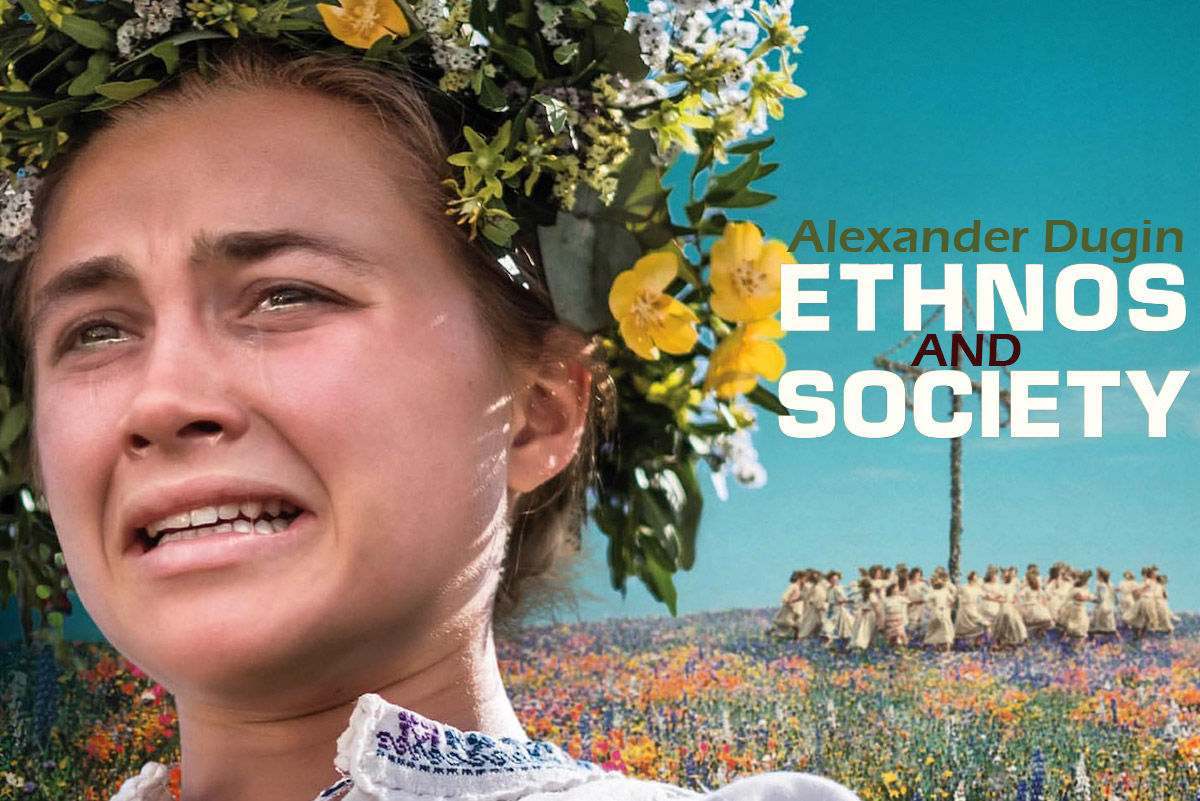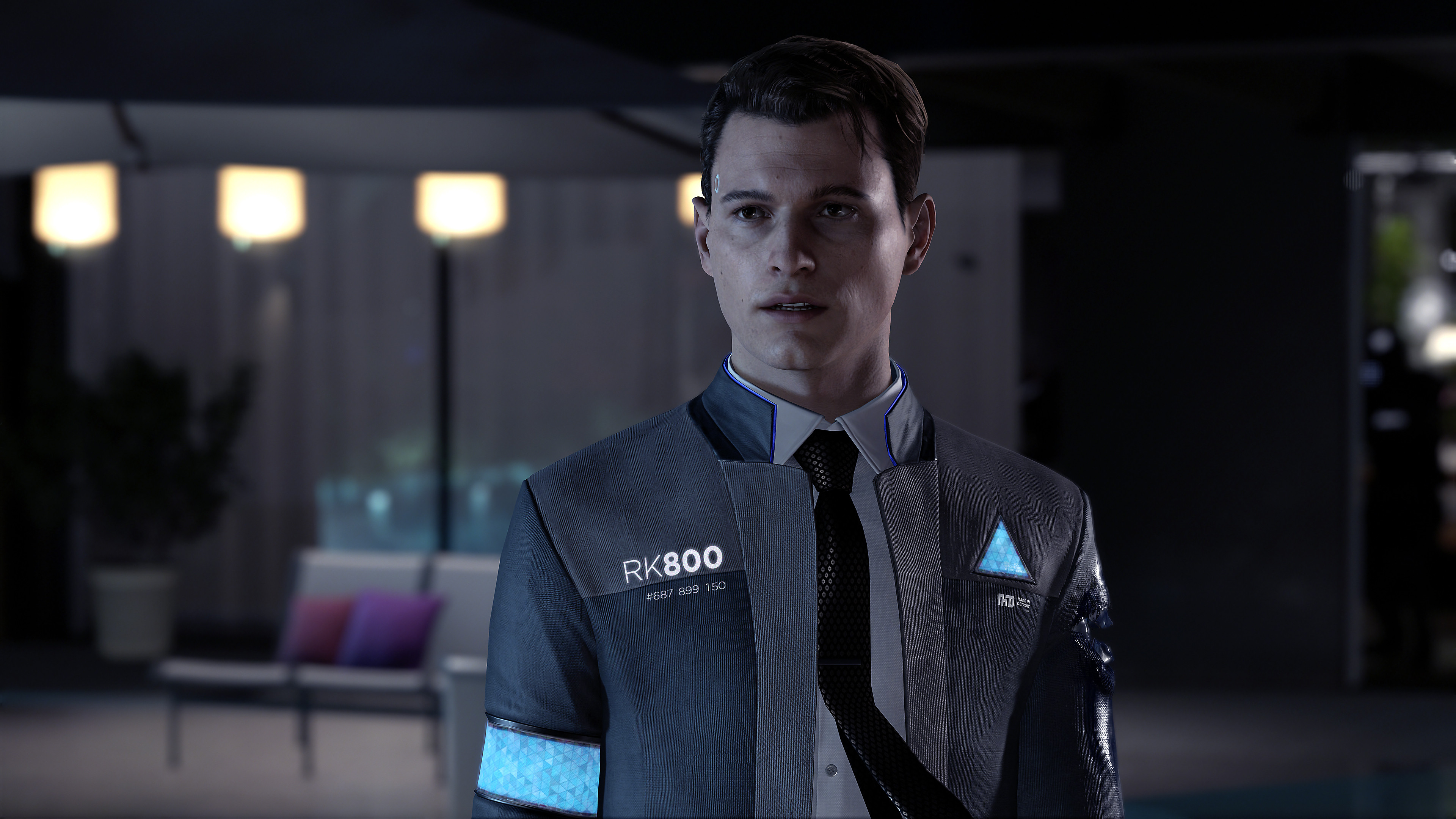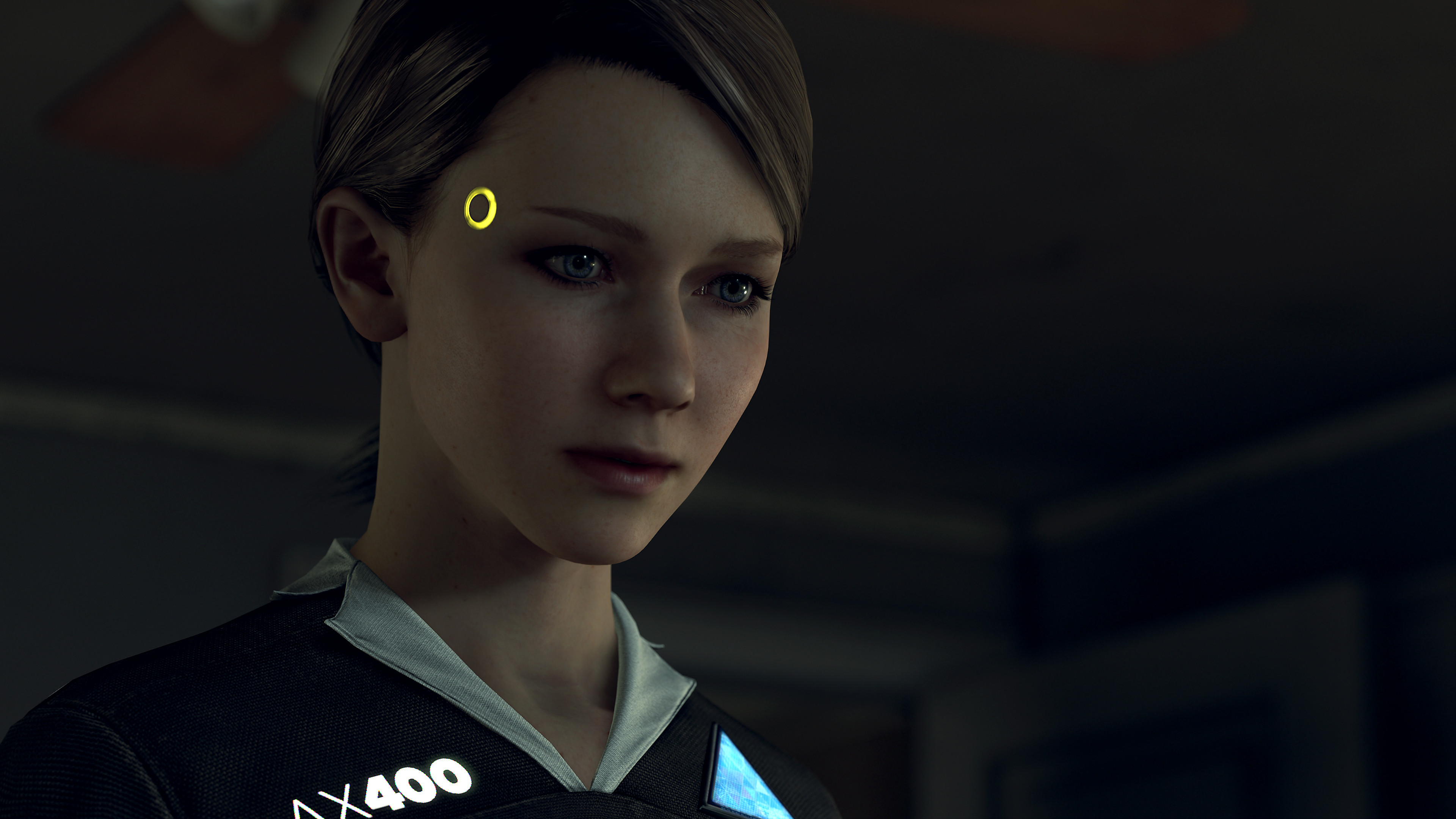
Choom, if you haven’t heard of Cyberpunk 2077 by now you’ve been living under a rock. It launched with much controversy after many years of hype and several delays. Hell, I still remember 8 years ago when the first teaser trailer dropped. But lets forget about that for now, because despite some issues, Cyberpunk 2077 is a damn excellent game.
Taking place in the titular year of 2077, Cyberpunk 2077, which is based off the tabletop game Cyberpunk 2020 and its expansions developed by R. Talsorian Games, has you playing as V, a merc who grew up in the megalopolis of Night City or its surrounding area. You have three background options, which are Nomad, Street Kid and Corpo which all have short prologues and each have their own set of unique dialogue options throughout the game and assist in allowing for reasonably flexible roleplaying within the limitations of the video game format.
Character customization is also fairly robust, allowing you to create a V who is suited to your aesthetic sensibilities. It even contains the often joked about genitalia options, which unfortunately are covered up in the games photo mode and while these options are largely superfluous for the ordinary player, I have a sneaking suspicion this was included to get ahead of modders who add nudity as a first priority.
The basic story, which I won’t reveal beyond what was provided in pre-release material, has you ending up with a chip in your head containing the personality of Nigh City legend, Johnny Silverhand, a rockerboy and terrorist who is now overwriting V’s identity. He looks like and is voiced by the breathtaking Keanu Reeves who expertly delivers the dry humour and jaded sarcasm of the old rocker. The central throughline of the main quest is to get V and Johnny to become separate again.
At first, Johnny comes across as a real asshole and how you choose to interact with him can influence the story a decent amount. However, he has excellent character development and a great arc despite technically being a digital construct and over time, at least in my first playthrough, I found him to really grow on me. The same applies to all the other characters you meet in the major questlines, whose characterisations are impressive and believable as good writing, excellent voice performances and a quite frankly ridiculous attention to detail in character animations during these sequences drawn together purely in first person perspective, bring these characters to life and intimately immerses you in the world. Even side characters who only appear from time to time have the same attention to detail. Pedestrians do not, nor is their AI particularly impressive but like The Witcher series, they’re basically part of set dressing, they’re extras.

Structurally, the story is quite odd and a little bit loose as the game starts with the prologue, has Act 1 (which leads you to getting Johnny’s biochip in your brain) and then Act 2, which is the rest of the game. Its very weird, but it mostly works and the writing is strong enough that makes everything that might feel disparate at first become a more cogent part of the experience. Unlike pretty much every other major RPG series out there, including CD Projekt Red’s own Witcher series, Cyberpunk 2077’s central storyline is about saving yourself rather than the whole world, which is utterly refreshing.
The megalopolis of Night City itself is absolutely stunning and is a wonderfully designed open world that feels like a character in its own right, its history and sociology etched into almost every aspect of the design, coupled with hypersexualised satirical in-world advertising that is often quite funny. In this world, in all my hours of play, I only ever used the fast travel function once or twice. Commuting through the game world in between missions is just that enjoyable, despite the sometimes iffy vehicle controls. Not to mention, the game’s graphics on an artistic and technical level, especially when its firing on all cylinders with full ray tracing effects on, if your system can handle it, that is. When I first got the game, I was playing on my rig using a 1070ti but I couldn’t dial in the settings to get the game looking and performing terribly well, it was really choppy, but once my mythical RTX 3080 arrived, I was able to pump up the settings, turn on the wizardry that is DLSS 2.0 and I got astounding visuals with mostly strong performance.
The music, especially the in-game radio stations are quite excellent, full of mostly original tracks throughout a variety of genres that range from house music, rap, synthpop, rock, metal, industrial, classical and so forth will please a broad range of tastes. Much of the original score for the game is a lot more divisive given its often abrasive electro-industrial sounding tones, but I am a fan of it and it is suitably energetic.

Nested in this open world, is a large amount of sidequests, some of which have deeper narrative aspects and some which are more generic go here, steal this or go here kill this guy are roundly excellent despite a gulf in their narrative presentation. There is a good mix of more linear setpiece type missions and these more generic ones, all have a lot of care put into their design, often channelling the immersive sim style of gameplay found in the Deus Ex series or Metal Gear Solid V: Ground Zeroes. Despite the repetitive mission goals, this design approach is much better than the much more limited way of approaching missions in the Witcher series, despite the overall structure of questing and loot being very similar. It offers a variety of ways of playing for the gunslinger, the stealth hacker or street samurai alike and doesn’t enforce or emphasize stealth in the way the Deus Ex games do, but here I find each approach satisfying, aided by a flexible leveling and perk system, topped off with cybernetic upgrades, although I wish there were more. My favourite is the one that allows double jumping.
Combat feels surprisingly great, with excellent controls and movement that is quite unusual for this kind of RPG. While there are not a huge variety of gun types, each is impressively modeled, sound punchy and have a great amount of heft. Melee combat is also pretty good but feels a bit less polished in terms of sound and animation, but it is still brilliantly satisfying to rush into a crowd of enemies with your high DPS katana or Mantis Blades and let loose. There is also a dynamic cover system so as to not compromise the first-person immersion and it is a little bit finicky sometimes, but it works well enough most of the time even though I normally prefer a dedicated lean option.
Gore effects are great too and the feedback from hits are satisfying. However, enemy AI is not particularly impressive, but it is serviceable enough that fights, especially boss fights aren’t boring. However, at least on normal difficulty, the game can often feel rather easy and because of the AI not being particularly impressive, the only times I really got flatlined in combat were because of attempting certain quests while being under leveled or if I did something really dumb.
Stealth meanwhile is quite basic, you simply have to stay out of enemies line of sight, but the immersive sim style design of many areas, enemy placements and general architecture of the levels often overcome its simplistic mechanical nature.

As for the much vaunted bugginess of the game, up to patch 1.06, I did not experience too many serious bugs in approximately 60 hours of play. Crashes were rare and most of the glitches were occasional visual glitches and just some weird behaviour with vehicles or a few odd occasions were I died after receiving fall damage from tiny heights in certain spots or getting stuck in geometry or sometimes, after a Johnny sequence, certain screen elements would linger, but those were resolved by reloading a save. In other words, it works on my machine.
Mechanically, there are only two aspects of the game which I feel are definitely underdeveloped. The first is the vehicle handling as stated earlier which needs some tweaking. The second is the way the wanted system works. While in its most basic form, it works like GTA on the surface if you decide to go on a cyberpsychotic rage or because of the way the vehicle handling is, plow into large crowds of people completely by mistake, you can get a sharp escalation to four stars where NCPD spawns right in front of you and you get obliterated almost instantaneously. It’s a bipolar system that at one star is a nothingburger and you can easily get away in a few seconds, to getting nuked. There is no sense of pacing or fun in the way this system works, unlike a typical GTA police chase and shootout.
In short, despite the controversies, I think Cyberpunk 2077 is worth the wait. It expertly blends the open world questing design and brilliantly written cinematic storytelling of The Witcher 3 with the immersive sim aspects of Deus Ex series wrapped up in a extraordinarily well realised and engaging world. Its not perfect and there’s no way it was going to meet the quite frankly ridiculous levels of expectations some people placed in, but taken on its own it’s brilliant despite the jank, if you have a machine good enough to run it. If your only option for playing this is a base model PS4 or Xbox One, then I would advise waiting until it’s patched up some more. There’s a lot of additional content to come for Cyberpunk 2077 in the form of free updates and full fledged expansions and I am looking forward to any reason to go back and spend more time and enjoy new stories in Night City and beyond.










 Author: Alexander Dugin
Author: Alexander Dugin









